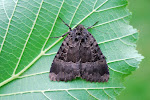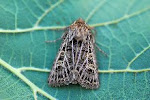A NEW WEBSITE!
As of March 2015, an official website for Surrey Moths has been set-up here. There you'll find information on everything to do with the Surrey Branch of Butterfly Conservation, including the updated events calender for 2015. Hope to see you there!
Odonata more interesting than moths lately!





















No comments:
Post a Comment